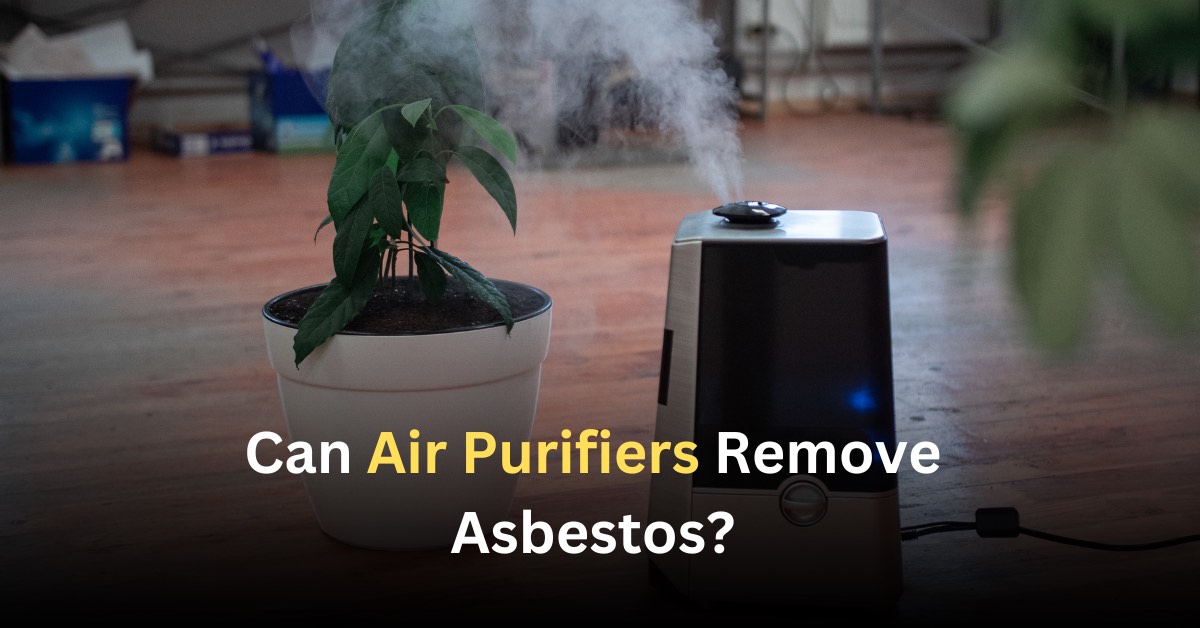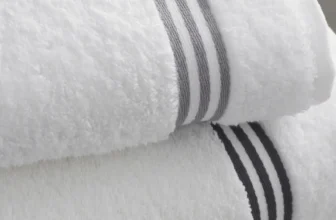
Due to its ability to withstand heat, asbestos (a naturally occurring mineral) has been extensively used in industry and construction for many years. Later research revealed that asbestos fibers can cause deadly lung disorders like asbestosis and mesothelioma.
Removing asbestos fibers from the air is crucial to lowering the risk of exposure since asbestos exposure is a severe health hazard. One concern is whether air purifiers can effectively remove asbestos fibers from the air.
In this article, we will investigate how well air purifiers work at removing asbestos fibers and other crucial asbestos removal problems.
What is Asbestos?
Naturally occurring minerals known as asbestos comprise tiny, needle-like fibers. Due to its heat resistance, it has been utilized extensively in industry and construction for many years.
Later research revealed that asbestos fibers can cause deadly lung conditions like asbestosis and mesothelioma.
When asbestos-containing materials are destroyed or disturbed, as happens during remodeling or demolition, asbestos fibers are discharged into the air. Asbestos fibers may remain in the air for a long time and are very easy to breathe in, which can have major adverse health consequences.
How do Air Purifiers Work?
Air purifiers are designed to filter the air and eliminate impurities like smoking, pollen, and dust. Most air purifiers combine HEPA, activated carbon, and UV-C light filters. The most prevalent airborne allergens are among the 0.3-millimeter particles that HEPA filters are made to remove.
Filters of activated carbon purge the air of odors and volatile organic compounds (VOCs). Filters that block UV-C light are made to eliminate viruses and germs in the air.
Can Air Purifiers Remove Asbestos?
HEPA-equipped air purifiers can remove air particles as small as 0.3 microns, including most airborne allergens. The smallest particle size that HEPA filters can efficiently catch is 0.02 microns, substantially smaller than the typical diameter of asbestos fibers.
Even though research showed HEPA filters could remove up to 80% of asbestos fibers from the air, it is still crucial to use caution when working with asbestos. To reduce exposure to asbestos fibers, it is advised to wear the required protective gear and follow the right asbestos removal procedures.
Other Factors to Consider
The size and quantity of asbestos fibers in the air are two parameters that affect how well air purifiers remove asbestos from the air. The amount of asbestos fibers in the air is normally modest in buildings with asbestos-containing materials in good condition. However, asbestos fibers in the air can considerably rise if asbestos-containing objects are destroyed or disturbed.
In addition to asbestos fiber concentration, the size of the asbestos fibers also significantly affects how well air purifiers work. Less than one micrometer to more than 20 microns is the size range of asbestos fibers.
HEPA filters are quite effective when it comes to getting rid of particles that are 0.3 microns or larger. Air purifiers may be less effective at removing asbestos fibers because smaller particles may be able to get past the filter.
The type of asbestos-containing material in the building is another important factor to consider. Friable or readily crumbled asbestos-containing materials, including insulation, are more likely to release asbestos fibers into the air. It is advised to hire a specialist to remove any friable asbestos-containing materials that may be present.
What to Do if You Suspect Asbestos in Your Home
Taking steps to reduce asbestos fiber exposure is crucial if you have any reason to believe your home has materials containing asbestos. Finding the source of the asbestos fibers in your home is the first step.
Insulation, flooring, and ceiling tiles are frequently constructed of asbestos materials. If you suspect that your home contains asbestos-containing materials, it is recommended to have them tested by a professional.
It’s crucial to follow proper asbestos removal procedures if your property contains asbestos objects. Only skilled specialists with the appropriate tools and safety gear should remove asbestos. DIY asbestos removal can result in significant fiber exposure, raising the danger of serious health problems.
Conclusion
Dust, pollen, and smoke are some of the main airborne allergens that air purifiers may successfully remove. Asbestos fibers are considerably smaller than the particles that air purifiers are made to remove; they might not be as successful at eliminating them from the air.
If you believe that any materials in your home may contain asbestos, it is crucial to get those items professionally tested and remove the asbestos following the right protocols. The danger of major health issues can be decreased by following safety precautions and procedures.
Remembering that air purifiers shouldn’t be the only tool used for asbestos removal is crucial. While air purifiers may help lower the amount of asbestos fibers in the air, they cannot eliminate building materials that contain asbestos.
To preserve an air purifier’s efficacy, it’s also critical to maintain and replace the filters on a regular basis. Over time, HEPA filters may develop clogs that limit their capacity to remove airborne debris. Additionally, activated carbon filters have a limited lifespan and require regular replacement to remain effective.
In conclusion, air purifiers can aid in lowering the amount of asbestos fibers in the air. Still, they might only partially eliminate some of them. When removing asbestos, following the right processes and using air purifiers and other techniques to enhance indoor air quality is crucial.
To minimize exposure to asbestos fibers and lower the risk of major health issues, it is of the utmost importance to get any items you believe to contain asbestos tested by a specialist and to remove them using the right methods.




